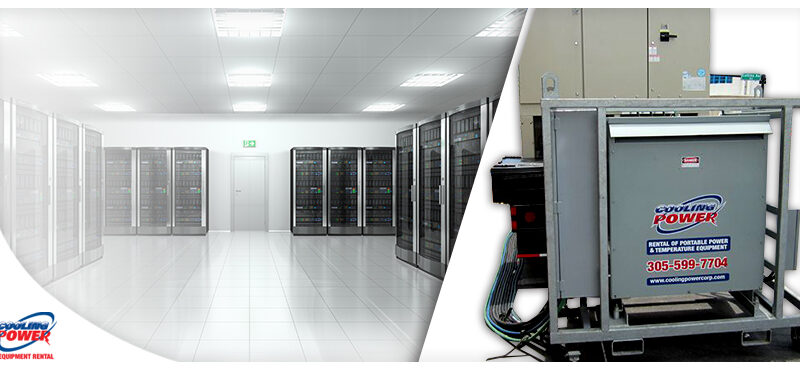While building an on-premise data center is still worthwhile for many businesses, creating an effective server room design is often challenging. A practical server room design and data management services are crucial for businesses to operate optimally. Consistent up-time and effective data management should be your top priority when designing a server room for your business.
A poorly-designed data room can lead to costly downtime and hardware failures. Fortunately, creating a well-rounded data room is plausible with the proper assistance and knowledge. We have taken the liberty to put together some of the best design practices that will go a long way to ensure on-site hosting leads to a high Return on Investment for you.
Choose Your Space
Your data room needs to be in a properly ventilated open area. Your first priority is making arrangements so the room always stays dust-free. Computers and other networking hardware generate a lot of heat; proper ventilation is necessary for your equipment to succeed. Design your data room so that there is plenty of room for your computer gear to breathe and space for employees to walk around freely. Avoid creating hard-to-reach areas as much as possible, as it can make cleaning difficult.
Environmental Controls and Cooling Accessories
Electronic equipment in your data room will deliver peak performance if kept in an adequately ventilated and cooled place. Proper cooling and ventilation equipment makes them less likely to overheat or run into other failures.
Many designers use raised floors, cooling cabinetry, and IRC (in-row cooling) to ensure peak performance in their server room designs. Depending on your needs, an expert in commercial cooling services can help you pick the right equipment for your server room. Contact Cooling Power Corp today to learn more about cooling equipment for server rooms.
Uninterruptible Power Supply (UPS)
It is critical to factor in enough redundancy in your data room’s electrical network so it continues to power through any interruptions in supply. Additionally, ensuring that your power grid is distributed correctly and protected against surges is essential. Backup generators and UPS are necessary to maintain a constant power supply to your server room.
You may need to buy or rent this equipment, depending on your budget. Remember to source your backup power supply from a reputed service provider like Cooling Power Corp to ensure you get the highest-quality equipment. If you are a business in Florida, it is a good idea to incorporate a backup power supply in your strategy.
Avoid Clutter
Clutter-free routing of cables and wires is crucial to designing an efficient server room. Keep the wiring in your data room organized and well hidden in its cavities to avoid unwanted accidents. To prevent tripping, pulling, or tugging, incorporate a dedicated pathway for all the cabling in your server room design. Remember to create a map of these pathways so IT tech can find their way around the cables easily. A clutter-free server room is less prone to accidents and provides easy access to the maintenance crew.
Build an Inviting Workspace
A workspace is only as efficient as its workforce. If you are designing a server room, don’t forget to take care of your employees. Build an inviting workspace for your employees that is neatly organized and managed. A well-lit and ergonomic workspace will encourage your employees to perform their duties with confidence and vigor.
Building a sound server room design takes a lot more than quality equipment. If you want to keep long-term consequences that can hamper your business’s ability to grow at bay, you need to incorporate all the factors that we have mentioned above in your design. More importantly, it is vital to remember that cooling and ventilation are the most significant aspects of your server room design. To learn more about the best cooling equipment for your server room, contact Cooling Power Corp today!

